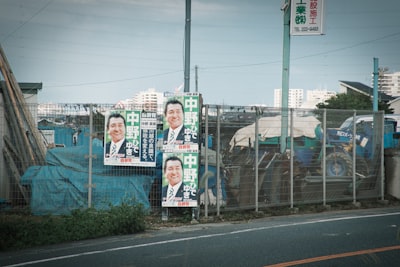Japan’s political landscape is witnessing a seismic shift, with the 2025 House of Councillors (参院選) election poised to become a defining moment. Prime Minister Ishiba’s recent statements on his wariness of emerging parties (新興政党) have thrust this issue into the spotlight, prompting voters, analysts, and established parties to reevaluate what’s at stake.
Why Are New Political Parties Gaining Ground in Japan?
Japan’s traditional parties, especially the Liberal Democratic Party (LDP), have long dominated the Diet. However, recent scandals, policy dissatisfaction, and generational change have spurred voters to look for alternatives. Search trends around “Japanese new political parties,” “2025 Sangiin election,” and “why are Japanese voters turning to new parties” reflect this curiosity and concern.
Key reasons for this shift include:
- Public Disillusionment: Scandals and policy stagnation have shaken trust in traditional parties.
- Economic Challenges: Slow wage growth, cost of living concerns, and an aging population prompt demand for innovative solutions.
- Foreign Policy & Security: Rising regional tensions push voters to seek alternative approaches to these challenges.
What Are the Emerging Parties and Who Do They Attract?
Recent years have seen the rise of several new parties, such as:
- Nippon Ishin no Kai (Japan Innovation Party)
- Reiwa Shinsengumi
- Sanseitō
These parties often target younger, urban dwellers dissatisfied with the status quo. They leverage social media campaigns, grassroots organizing, and non-traditional platforms, making them especially appealing to first-time and disenchanted voters.
How Is Prime Minister Ishiba Responding?
As the election nears, Ishiba is reportedly increasing LDP’s focus on local campaign engagement, youth outreach, and digital strategy. The party is also reassessing its policy commitments to better address contemporary voter concerns and counter the narrative of the new parties.
The Debate: Are New Parties a Threat, or a Sign of Healthy Democracy?
With Nishiba’s warning in focus, many are asking:
- Will fragmentation hurt reform efforts, or inject much-needed innovation?
- Are these new parties equipped to govern, or are they protest movements?
Most agree that vibrant democracy depends on healthy competition, but instability can also risk policy gridlock—especially on key issues like economic revival, defense, and energy.
What Will Happen in the 2025 Upper House Election?
Search volume is already spiking for terms like “参院選 2025 予想” (Upper House election 2025 predictions) and “石破首相 新興政党”. Trends suggest:
- Incumbent parties may lose seats to newcomers, especially in urban and youth-heavy districts.
- New parties may act as kingmakers or coalition partners, increasing their policy influence.
FAQ
Q: Who are the main new parties to watch in 2025?
A: Nippon Ishin no Kai, Reiwa Shinsengumi, and Sanseitō are attracting the most attention.
Q: Why is Prime Minister Ishiba paying special attention to these parties?
A: Because rising voter dissatisfaction and digital savvy campaigns could disrupt traditional voting patterns, threatening the LDP’s dominance.
Q: How could this impact Japan’s future?
A: Depending on their success, new parties may drive policy innovation or create new governing coalitions, altering Japan’s long-term direction.
Conclusion
Japan’s upcoming 2025 Upper House election is not just a contest of candidates and policies, but a referendum on Japan’s political future. As both established and emerging parties vie for influence, the electorate’s choices could redefine governing norms. Prime Minister Ishiba’s caution is a reminder that political complacency is not an option.
This article was inspired by the headline: '石破首相 参院選で新興政党を警戒'.

Comments
No comments yet. Be the first to comment!